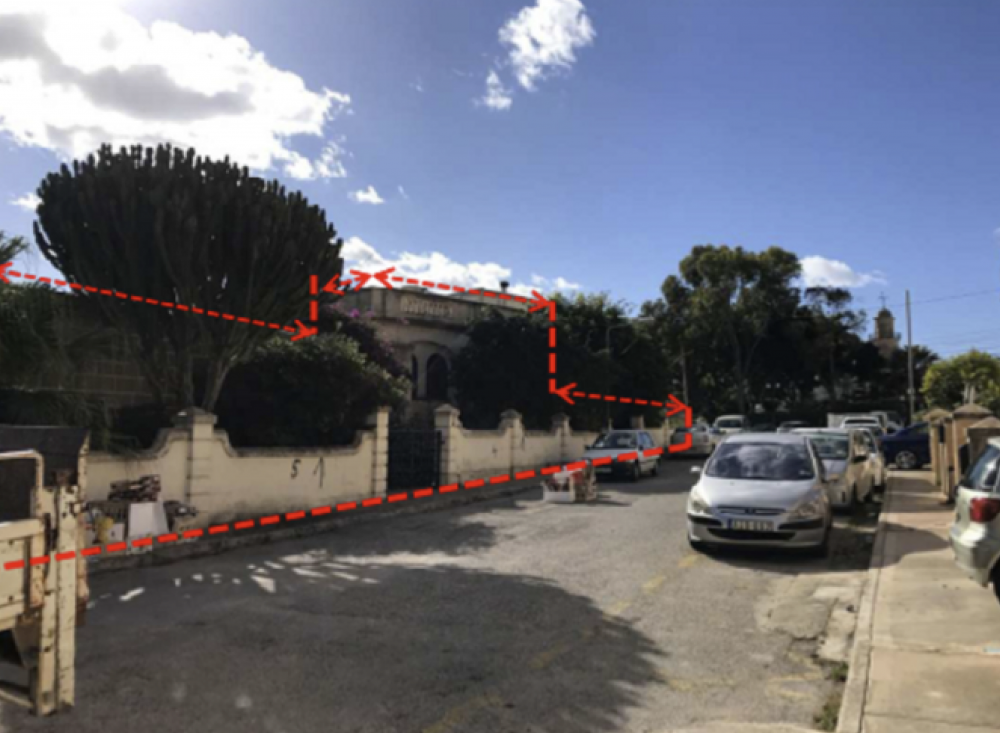Lija villa area saved after Planning Authority raises bar on local plan
The Planning Authority has turned down an attempt to re-zone the grounds of a privately-owned villa in Lija to permit 13.5 metre-high apartments

The Planning Authority has turned down an attempt to re-zone the grounds of a privately-owned villa in Lija to permit 13.5 metre-high apartments, in a decision which raises the bar against piecemeal changes to the local plans to accommodate development set on privately-owned plots.
The 1,937sq.m site is currently designated by the local plan as a residential priority area, where only low-rise villas are normally allowed, and where building heights are limited to a maximum of two floors and a semi-basement.
But a zoning application by the villa La Fontana’s owner Ray Briffa proposed a change in planning rules to permit “terraced and flatted development” rising to 13.5m, which is the equivalent of three floors and a semi-basement, as is the case on the opposite side of Triq Pawlu Galea – but not the case with all other properties along Triq Giovanni Barbara.
Residents feared that the rezoning of this large site could pave the way to the rezoning of other properties, which are even closer to Vjal it-Trasfigurazzjoni where the historical Belvedere is located.
Presently apartment blocks are not allowed in the whole row of villas along Transfiguration Avenue from the junction to Naxxar Road and to the Belvedere, including those along Triq Giovanni Barbara.
The case officer recommending the refusal of the application, described “piecemeal changes to zoning policies” as “not acceptable”, warning that in this case the proposal would have resulted in the area being fragmented into different zoning categories.
The case officer also warned that if the new development takes the form of terraced houses, maisonettes and flats, these would have a negative effect on the neighbouring detached and semi-detached dwellings.
In a meeting held last week, the Executive Council chaired by the PA’s Executive Chairman Martin Saliba refused the proposal, since the proposed change in zoning would result in the intensification of density of the area, loss of the private open space, and an adverse impact on the character and visual amenity of the area, running counter to the SPED.

.png)




.jpg)















